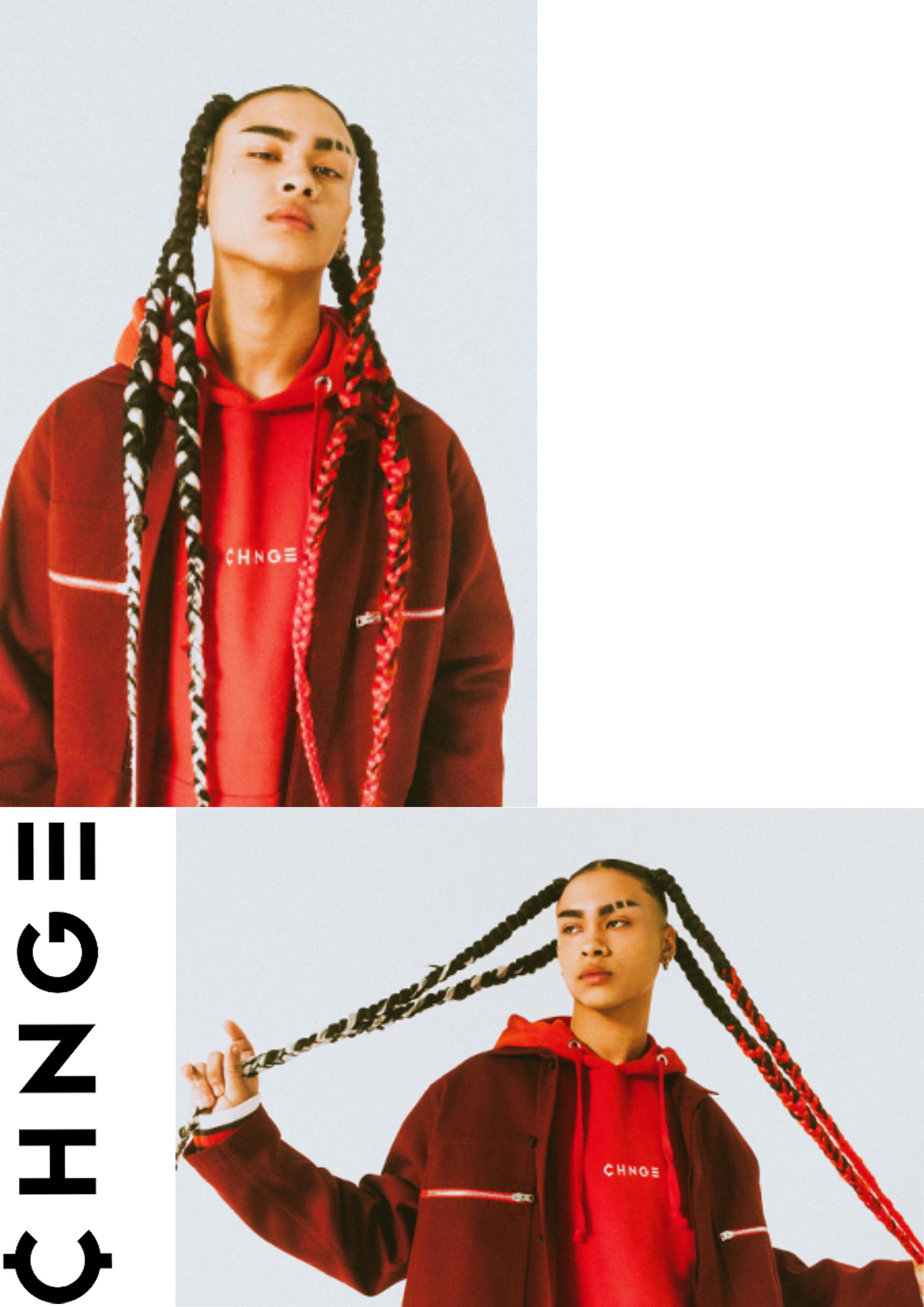
4 minute read
Movers and shakers in the sustainability streetwear

The term streetwear is actually quite a common term in the modern fashion world. It refers to a distinctive style of street fashion, which has its roots in Californian and skate culture, but also encompasses elements of hip-hop fashion, modern high fashion and haute couture.
Advertisement
Although it is speculated as to when streetwear originated, and how it actually came about, it is thought to have started as early as the late 1970s. This was an exciting time, with the emergence of punk rock and very early hiphop. As such, streetwear brands of the late 70s and 1980s borrowed heavily from the ‘do it yourself’ aesthetic of punk, new wave and heavy-metal cultures.

This last year, businesses were forced to close and the world hit the pause button resulting in financial loss for many. The fashion industry had been hit hard leaving some of the largest retailers struggling to cope. Despite all of the uncertainty, behind closed doors, streetwear had been booming in business as a result of consumers opting for casual wardrobes for comfort whilst being stuck indoors. The world has acclimatised to this new casual way of life, subsequently making a success out of the streetwear market. Since the Covid-19 pandemic began, we have seen an increase in the number of emerging streetwear brands with an identity based entirely around sustainability. Below are some examples of brands that could be considered ‘Movers And Shakers’ in the sustainability streetwear race.
19
We’re at a time where sustainability in the fashion industry couldn’t be more important. Newly established label CHNGE has set out to create a brand in which “sustainability, transparency and philanthropy take utmost priority.” Founded in a response to inequality, environmental catastrophes and more, it is a “business built on the basis of putting people and the planet before profit.”


A gender neutral label that has pledged to use sustainable or recycled materials for every piece of clothing produced. the eco-driven and ethical brand has tapped a diverse group of young artists, musicians, models, athletes and creatives to protest discrimination and front the label that aims to be more of a social experiment rather than a clothing brand.
Unlike any other sustainable brand, CHNGE isn’t just committed to its sustainability principles, the brand is authentic and speaks to all types of people from all types of backgrounds. A brand that puts the needs of the planet as a priority over the constant need to make a profit is exactly what the fashion industry needs in this current climate. I would consider this brand a competitor in the sustainability streetwear race as a result of the brands values appealing aligning with the demands and expectations of the future consumer. CHNGE doesn’t advertise, instead they try to focus their energy on bringing creators in that share the same vision or that are from diverse backgrounds. As well as being an ethical brand with excellent values and principles, they also compete in the streetwear race amongst brands as desirable as the likes of Supreme who have built a reputation themselves. Since launching in 2018, CHNGE have gained worldwide recognition accumulating a following of 2.2 million on Instagram, customers of the brand are often spotted wearing CHNGE designs at protests including the Black Lives Matter protests.
The name ‘HoMie’ isn’t just an attempt to connect with the brand’s young, streetwear-inclined target audience, it’s an acronym. It stands for ‘Homelessness in Melbourne Incorporated Enterprise’. “The idea of a HoMie, to us, has become this notion of someone who looks out for someone,” “So anyone who purchases something from us immediately becomes a HoMie.”
That – looking out for someone – is the guiding principle behind everything HoMie does. Operating out of a bricks-and-mortar retail space. The brand is driven by purpose, not profit. The shop (and online store) sells ethical and sustainably-made ‘90s-inspired streetwear, from which 100% of the profits go towards helping young people experiencing homelessness or hardship. It’s the first initiative of its kind in Australia.
Once a month, HoMie hosts a VIP shopping experience, during which young people at risk of or experiencing homelessness are invited into the store to pick out five items of brand-new clothing.
Similar to CHNGE, HoMie is committed to its principles of tackling homelessness amongst the youth of society and enacting change not just in the fashion industry but also in the socioeconomic sector. Both brands competing in the sustainability streetwear race put the needs of the planet and humanity as a priority over obtaining a profit. An original idea that has been curated for other purposes than fashion, brand messages are slowly becoming anything but fashion related as a result of emotional branding playing a bigger part in the engagement with the consumer.
HoMie push boundaries in the streetwear race from working on collaborations with marketable streetwear brands such as Stussy and Champion who kindly donated upcycled clothing to the brand when they were first getting started. This brings about a sense of community and togetherness within the fashion industry when well established brands are wanting to work in partnership with brands committed to social change to truly make a difference.










